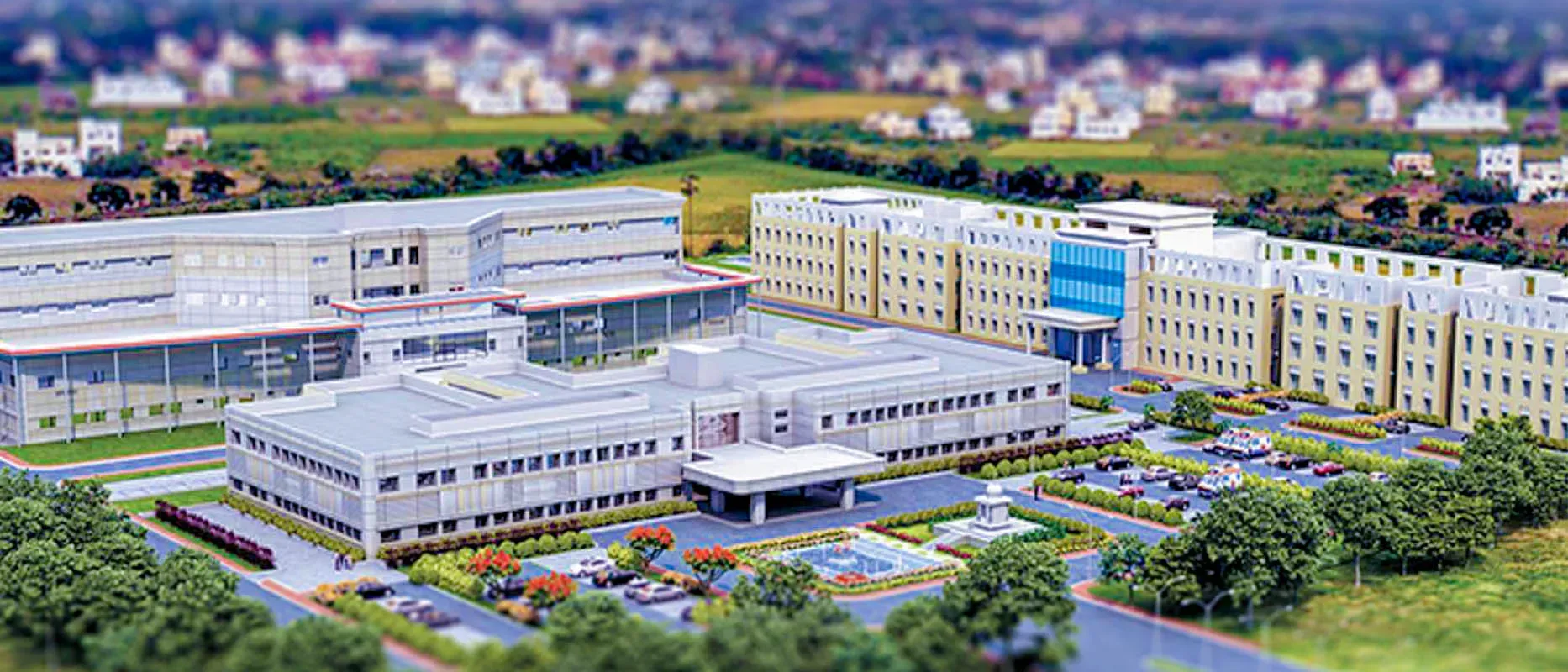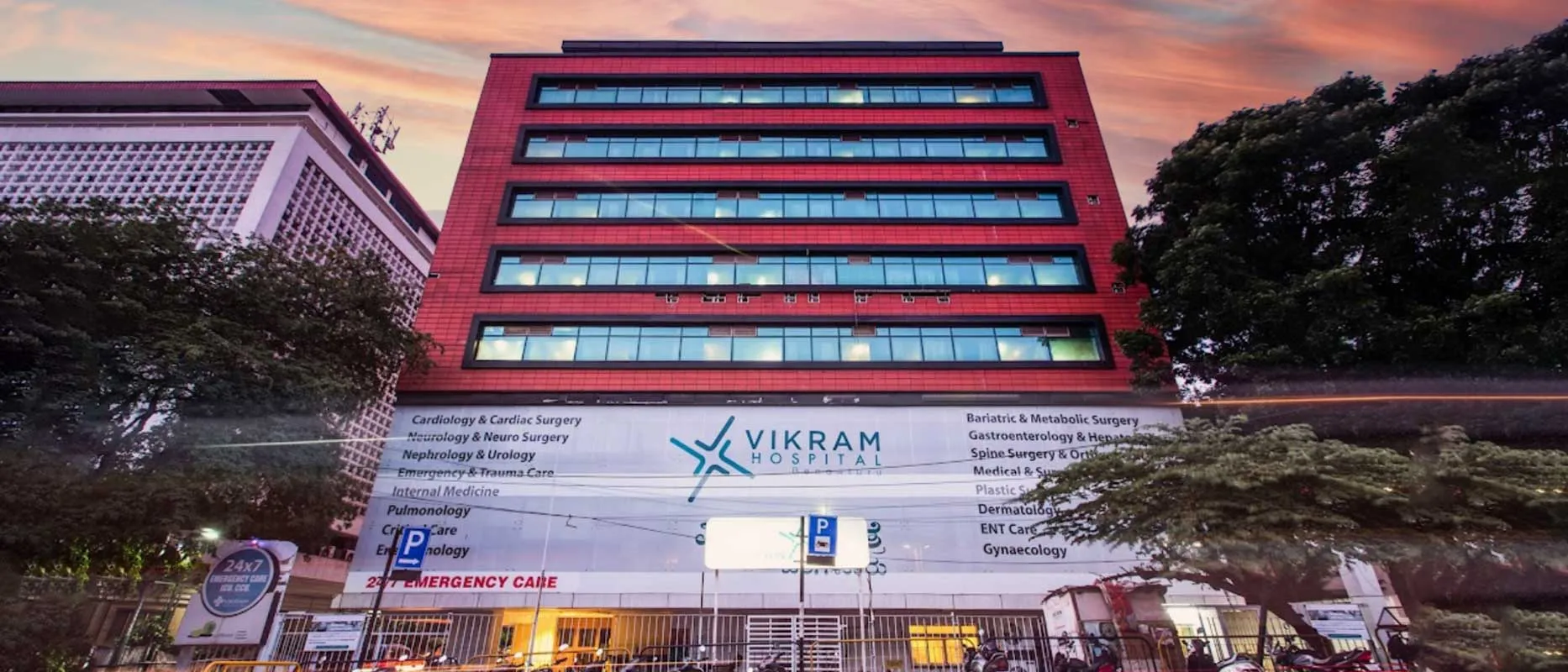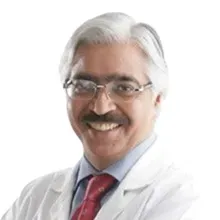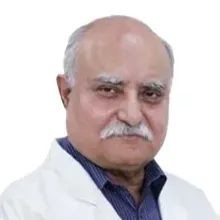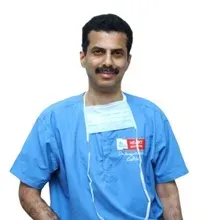Overview of Aortic Valve Replacement India
Aortic valve is present in the heart which works as a gateway to control the blood flow from the heart to the whole body. An aortic valve replacement surgery is required in the conditions where the aortic valve becomes insufficient to perform its normal function. When the aortic valve becomes extensively damaged, it is replaced by some artificial material or with tissues of animals. Aortic valve replacement can be performed traditionally or by the latest technique of minimally invasive surgery. Aortic valve replacement is the major type of open heart surgery that cannot be performed on anyone. It usually takes longer to recover and is not suitable for individuals who are weak and suffering from other diseases as well. In some cases, the aortic valve replacement procedure leads to certain complications like irregular rhythm of heart that can further lead to life threatening conditions. If the patient is overweight, and a smoker and also has lung disease it can further complicate the condition which will be difficult to handle. The aortic valve replacement surgery is monitored throughout and it is the responsibility of the surgeon to ensure that the heart beats are in rhythm and the valves are functioning properly after completing the procedure. Usually after 3-4 months, the patient is allowed to start physical activities gradually. Before that most of the stress activities are restricted to the patient.
Types of Aortic Valve Replacement India
There are two main types of aortic valve replacement which can be further divided into their sub types. These are:
Traditional/Open-Heart Aortic Valve Replacement
- Median sternotomy
- Mini sternotomy
- Partial sternotomy
- Manubrium sparing sternotomy
Minimally Invasive Aortic Valve Replacement
- TAVR/TAVI
- Robot assisted aortic valve replacement
Traditional/Open-Heart Aortic Valve Replacement
In this traditional procedure, a long incision of 6-8 inches is made. It provides better vision to the surgeon during the procedure. This include:
Median Sternotomy: The most common approach, where a central chest incision is made, allowing access to the heart. The surgery is performed with the heart temporarily stopped using a heart-lung bypass machine.
Mini-Sternotomy: A smaller incision is made in the upper part of the breastbone that provides a less invasive option. It also utilizes a heart-lung bypass machine.
Partial Sternotomy: Involves a smaller incision on the side of the chest, with partial division of the sternum to reach the heart for valve replacement.
Manubrium-Sparing Sternotomy: A newer technique where a smaller incision is made between the collarbones, preserving the upper part of the sternum. This approach helps to reduce postoperative pain and facilitate faster recovery.
Minimally Invasive Aortic Valve Replacement
Unlike the traditional approach, it made a shorter incision of 4-5 inches and usually needs less recovery time after the procedure. These are:
Transcatheter Aortic Valve Replacement (TAVR/TAVI): A minimally invasive procedure that avoids open-heart surgery. It involves inserting a catheter through a small incision, usually in the groin or chest, to guide a replacement valve into the heart. The folded valve is then expanded to replace the diseased valve. TAVR is generally recommended for higher-risk patients or those who are not suitable for open-heart surgery.
Robotic-Assisted Aortic Valve Replacement: This approach involves a robotic surgical system to assist the surgeon. Small incisions are made, and the surgeon controls robotic arms to perform the valve replacement with improved precision and dexterity.
Procedure of Aortic Valve Replacement
Here is the general overview of aortic valve replacement procedure:
Anesthesia: The patient is administered general anesthesia to ensure they are unconscious and pain free throughout the surgery.
Incision: A surgical incision is made, depending on the chosen approach. This could be a median sternotomy, a mini-sternotomy, a partial sternotomy, or a smaller incision for minimally invasive techniques.
Placing the Patient on Bypass: To perform the surgery safely, the patient is connected to a heart-lung bypass machine. This machine temporarily takes over the function of the heart and lungs, allowing the surgeon to stop the heart and work on the aortic valve.
Removing the Diseased Valve: The surgeon carefully removes the malfunctioning or diseased aortic valve. This may involve cutting and excising the valve leaflets and clearing any calcified or obstructive tissue.
Valve Replacement: The new valve is then placed in the aortic valve position. The choice of valve type depends on various factors. The valve is securely stitched or sutured into place to ensure proper functioning.
Checking Valve Function: The surgeon verifies the correct positioning and functionality of the new valve. They may use various techniques, such as injecting dye to assess blood flow or testing the valve's opening and closing mechanism.
Closing the Incision: Once the valve replacement is confirmed, the surgeon closes the incision by using sutures. In some cases, temporary chest tubes may be inserted to drain any fluid or air that may accumulate after the closure of incision.
Diagnosis of Aortic Valve Replacement India
Cost of Aortic Valve Replacement in India
The cost of aortic valve replacement in India comes in the range of 6570 USD to 8030 USD. However, it can vary according to the type of procedure chosen by the surgeon and facilities provided by the hospital. The cost can also vary from hospital to hospital and city to city in India.
Cost of different procedures of aortic valve replacement in India:
| Treatment Cost in India |
Min in Dollar |
Max in Dollar |
| Aortic Valve Replacement |
$ 3889.44 |
$ 5185.92 |
| Aortic Valve Replacement – synthetic Valve |
$ 4262.40 |
$ 5683.20 |
| Aortic Valve Replacement - Tissue Valve |
$ 3036.96 |
$ 4049.28 |
| Aortic Valve Repair |
$ 1980.00 |
$ 2640.00 |
Symptoms and Risk factors
Here are some of the conditions in which the aortic valve replacement is usually recommended. These are:
- Severe Aortic Stenosis
- Symptomatic Aortic Regurgitation
- Bicuspid Aortic Valve with Significant Dysfunction
- Aortic Valve Disease with Left Ventricular Dysfunction
- Aortic Valve Disease in Aortic Aneurysm or Dissection
- Aortic Valve Disease in Connective Tissue Disorders
- Aortic Valve Disease in Endocarditis
- Prosthetic Valve Dysfunction
- Aortic Valve Disease with Severe Symptoms (e.g., chest pain, shortness of breath) which is unresponsive to other medical treatments.
Risk Factors of Aortic Valve Replacement
Some of the risk factors associated with aortic valve replacement are:
Surgical complications:
In any open surgery, there is always the risk of developing infection, excess bleeding and pneumonia. These risks should be controlled by using specific medications.
Arrhythmias
Arrhythmias are the irregular heart rhythms that can develop after aortic valve replacement. In most cases, they resolve on their own, but in some cases the proper medications or further treatment is required.
Valve Dysfunction
Sometimes the new valve may not function properly and cause issues such as leakage or insufficient blood supply to the body due to narrowing of valves. In this case, additional surgery will be required.
Blood Clots
Blood clots can form around the new valve or in other areas that can lead to complications like brain hemorrhage or heart attack. Medications for thinning blood should be used after surgery.
Limited Lifespan of Valve
Some valves have a limited lifespan and can be damaged over time. This may require new surgery for valve replacement in future
Top Hospitals for Aortic Valve Replacement in India
Shaping the future of the healthcare institution and establishing the path to accomplishment.
Top Doctors for Aortic Valve Replacement in India
Empower your Health with the Expertise of Leading Medical Professionals.
Dr. Ashok Seth
Department of Cardiology
Chairman at Fortis Escort Heart Institute
Book Appointment
Dr. Ajay Kaul
Department of Cardio Thoracic and Vascular Surgery
Senior Consultant
Book Appointment
Treatment Costs for Aortic Valve Replacement
Be the change and be an opportunist in transforming healthcare.
How it's Works
Guiding your Journey from Discovery to Treatment Planning and Beyond.
Discovery
Get a consultation to discover about your treatment
Pre-Treatment
Admission to the best hospital and all pre-treatment facilities
Post Treatment
Get post-treatment follow-up care with medicine fulfillment
Treatment Planning
Hassle-free treatment planning with package & cost estimations
in-treatment
world-class quality procedures and equipment for treatment













